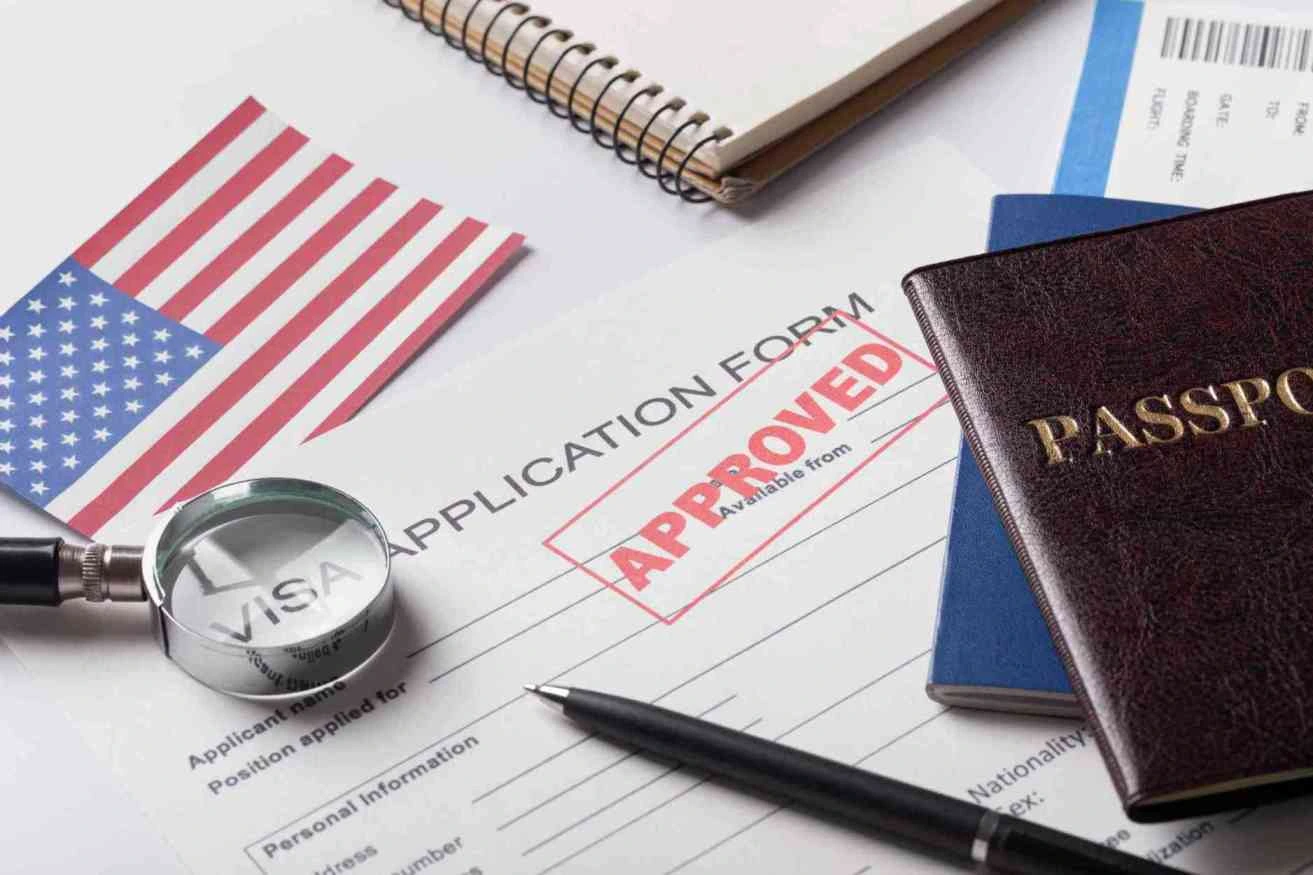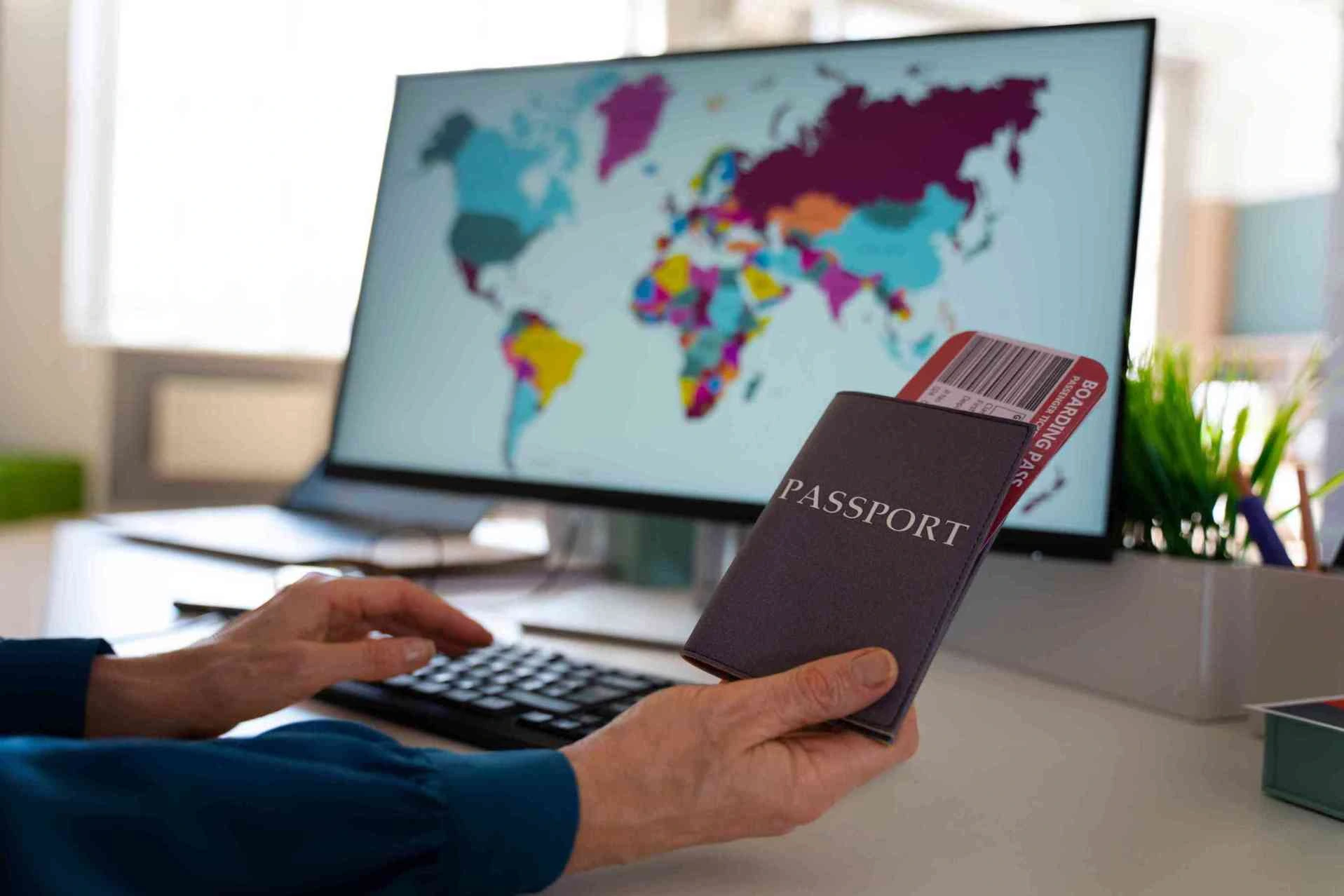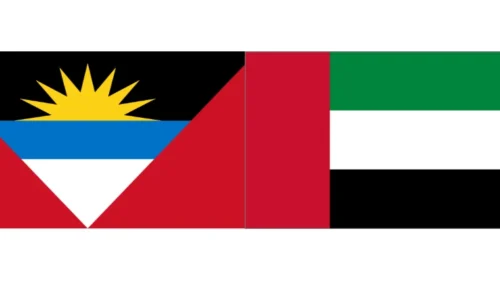Easiest Countries to Immigrate to in 2025: Complete Guide for Global Expats
- Ahmed hamdy Ahmed hamdy
- 0 Comments
In 2025, more people are looking to move abroad for better opportunities, safety, and quality of life. Choosing the easiest country to immigrate to can make the transition smoother and faster.
The top countries to immigrate to this year include Canada, Portugal, Panama, Mexico, Greece, and Malta, each offering unique benefits:
-
Canada: Skilled workers and families (Express Entry).
-
Portugal: Digital nomads and investors (D7 & Golden Visa).
-
Panama: Retirees seeking affordability (Pensionado Visa).
-
Mexico: Budget-friendly living near the U.S.
-
Greece & Malta: EU residency through Golden Visa programs.
Tip: The “easiest” country depends on your goals — work, retirement, investment, or remote living.
This guide will walk you through visa pathways, residency options, and 2025 updates to help you make the right choice for your new life abroad.
What Makes a Country Easy to Immigrate To?
Before choosing your new home, it’s important to understand what “easy immigration” actually involves. Countries differ widely in how they handle newcomers, so here are the key factors to consider:
1. Visa Variety and Eligibility
The most accessible countries offer multiple immigration pathways, such as:
-
Skilled worker programs – like Canada’s Express Entry or Germany’s new points-based visa system.
-
Investment or “Golden Visa” programs – where residency or citizenship is granted in exchange for qualifying investments (e.g., Malta, Greece, Spain).
-
Retirement visas – ideal for pensioners, with minimal income requirements (e.g., Costa Rica, Panama).
-
Digital nomad visas – designed for remote workers and freelancers (e.g., Portugal, Estonia, Spain).
-
Citizenship by descent – for those with ancestral ties to countries like Ireland, Italy, or Poland.
The wider and more flexible the visa options, the easier it is to find a route that fits your lifestyle and financial situation.
2. Economic Stability and Job Opportunities
Moving abroad often means starting a new career. Countries with strong economies and high demand for skilled workers make the process smoother.
Examples include:
-
Canada and Australia, both known for actively recruiting skilled professionals.
-
Germany, with its booming tech and engineering sectors.
-
Singapore, a hub for finance and innovation.
3. Application Transparency and Processing Speed
Clear instructions, predictable timelines, and online systems make immigration smoother.
-
Canada’s Express Entry: Approvals in about 6 months.
-
Paraguay Residency: Simple, fast, and low-documentation process.
-
Some EU Countries: Can take 1–2 years for permits.
4. Cost of Immigration and Living
Visa affordability matters as much as eligibility. Consider:
-
Visa fees & investments: Golden Visas often start at €250,000–€500,000.
-
Proof of funds: Typically $5,000–$15,000 required in savings.
-
Living costs:
-
Affordable: Portugal, Mexico — ideal for retirees & nomads.
-
Higher expenses: Norway, Switzerland.
-
5. Quality of Life and Integration
Look for countries that make settling in easier:
-
Affordable healthcare and safe communities.
-
Active expat networks for support.
-
English-friendly nations like Canada, Ireland, and Malta.
6. Dual Citizenship and Mobility Benefits
Some countries allow you to retain your original citizenship while gaining a second passport.
Dual citizenship offers advantages like:
-
Greater travel freedom (e.g., Schengen access in the EU).
-
Security in case of political or economic instability.
-
Opportunities for your children and future generations.
Tip: Always check whether your home country allow dual citizenship and how it impacts taxes and legal obligations.
Top Countries to Immigrate to for Skilled Workers in 2025
Canada: Express Entry & Family-Friendly Policies
Canada is a leading choice for skilled workers and families, offering a points-based Express Entry system and diverse immigration options.
-
Why It’s Easy: Transparent process, 6–9 month approvals, multiple visa pathways.
-
Benefits: Free healthcare, high wages, citizenship in 3 years.
-
Best For: English or French-speaking professionals and families.
Canada’s Express Entry offers fast processing, free healthcare, and a clear path to citizenship in just three years.
Germany: Points-Based Work Visa System
Germany’s updated system makes it easier for professionals in tech, healthcare, and engineering to move and work in Europe.
-
Why It’s Easy: Merit-based points, fast-track visas for high-demand jobs.
-
Visas: EU Blue Card • Job Seeker Visa • Skilled Immigration Act permits.
-
Processing Time: 2–4 months.
-
Benefits: Free healthcare, Schengen travel, permanent residency in 21–33 months.
Germany offers fast-track visas for skilled workers with permanent residency possible in as little as 21 months.
Australia: High Demand & Lifestyle Appeal
Australia combines strong job demand with a points-based system and English-speaking environment.
-
Why It’s Easy: Clear online process, priority occupation lists.
-
Visas: Subclass 189 • Subclass 190 • Employer-Sponsored Visa.
-
Processing Time: 6–12 months.
-
Benefits: High standard of living, permanent residency in 4 years.
Australia’s Skilled Independent Visa grants permanent residency in as little as four years with competitive wages.
Netherlands: Work-Life Balance & EU Access
The Netherlands offers a dynamic economy and is highly English-friendly, ideal for tech and startups.
-
Why It’s Easy: English proficiency, central EU location, entrepreneur-friendly policies.
-
Visas: Highly Skilled Migrant • Orientation Year • Entrepreneur Visa.
-
Processing Time: 3–5 months.
-
Benefits: Strong social systems, easy Schengen access.
The Netherlands provides quick visa approvals and strong opportunities for English-speaking professionals and entrepreneurs.
Norway: High Wages & Stability
Norway offers excellent salaries, safety, and strong demand in energy, tech, and healthcare.
-
Why It’s Easy: Clear online applications, English widely spoken.
-
Visas: Skilled Worker Visa • Job Seeker Permit • Family Immigration Permit.
-
Processing Time: 2–4 months.
-
Benefits: Free education and healthcare, citizenship after 7 years.
Norway combines high wages, free healthcare, and a safe environment with clear immigration pathways.
Greece: Low-Cost EU Residency
Greece has one of Europe’s most affordable Golden Visas.
-
Investment: From €250K (some regions €500K).
-
Processing: 2–4 months.
-
Benefits: Family residency, Schengen travel, citizenship in 7 years.
Best For: Families wanting low-cost EU entry.
Greece grants EU residency with a €250K property investment and no minimum stay, offering Schengen access for families.
Portugal: Flexible Investments
Portugal’s program no longer includes real estate but remains highly popular.
-
Investment: €250K–€500K in funds, research, or job creation.
-
Processing: 4–6 months.
-
Benefits: Minimal stay required, citizenship in 5 years, dual citizenship allowed.
Best For: Long-term EU residency with diverse investment choices.
Portugal’s Golden Visa offers flexible options like venture capital and research, with citizenship eligibility after 5 years.
Spain: Fast Residency
Spain offers a quick path to EU residency for investors.
-
Investment: Real estate €500K+, other options €1M+.
-
Processing: 2–3 months.
-
Benefits: No language test, citizenship in 10 years.
Best For: Those seeking speed and Mediterranean living.
Spain’s Golden Visa provides residency in 2–3 months with a €500K minimum investment.
Turkey: Quick & Affordable Citizenship
Turkey’s program is among the fastest globally.
-
Investment: $400K real estate or $500K deposit.
-
Processing: 3–6 months.
-
Benefits: Dual citizenship, visa-free/visa-on-arrival to 110+ countries.
Best For: Investors seeking low-cost, fast citizenship.
Turkey grants citizenship in 3–6 months with a $400K property investment.
St. Kitts & Nevis: Caribbean Leader
A trusted program with tax benefits and global mobility.
-
Investment: $250K donation or $400K real estate.
-
Processing: 3–6 months.
-
Benefits: Visa-free travel to 150+ countries, no personal income tax.
Best For: Frequent travelers and entrepreneurs.
St. Kitts & Nevis offers citizenship in 3–6 months, with visa-free access to 150+ countries and no income tax.
Top Countries for Retirees: Pensionado and Retirement Visa Programs
For retirees, the ideal immigration destination combines low living costs, warm climates, and simple residency rules. Many countries actively welcome foreign retirees through Pensionado Programs, which offer residency based on proof of a stable retirement income rather than employment or large investments.
These programs are particularly popular among Americans seeking to stretch their pensions or retirement savings abroad.
Costa Rica: Tropical Paradise with Easy Residency
Costa Rica is a long-time favorite for retirees thanks to its pensionado visa, stunning natural beauty, and reputation for safety and political stability.
Why It’s Easy:
-
Straightforward pensionado application process.
-
No heavy financial requirements beyond a steady retirement income.
-
Large, welcoming expat community — especially from the U.S. and Canada.
Residency Requirements:
-
Proof of a minimum monthly pension income of $1,000.
-
Clean criminal record.
-
Health insurance coverage through the national healthcare system.
Processing Time: Typically 3–6 months, depending on document verification.
Benefits:
-
Access to universal healthcare at affordable rates.
-
No tax on foreign-sourced income.
-
Ability to include spouse and dependents in the application.
Cost of Living: Moderate — around $1,500 to $2,500 per month for a comfortable lifestyle in smaller towns.
Best For: Retirees seeking a warm climate, eco-friendly lifestyle, and a well-established expat community.
Panama: Pensionado Program Pioneer
Panama’s Pensionado Visa is considered one of the best retirement programs in the world, offering generous benefits and quick processing for foreign retirees.
Why It’s Easy:
-
Simple documentation and application steps.
-
Discounts on healthcare, travel, and entertainment for retirees.
-
U.S. dollar as official currency, making financial transfers easy.
Residency Requirements:
-
Proof of $1,000 monthly pension income (or $1,250 for a couple).
-
Additional $250 per dependent.
-
Valid passport and background check.
Processing Time: Residency is often approved in 2–4 months.
Benefits:
-
Discounts of 25–50% on transportation, healthcare, restaurants, and more.
-
Affordable housing and modern infrastructure.
-
Permanent residency after five years.
Cost of Living: Lower than Costa Rica — about $1,200 to $2,000 per month for a mid-range lifestyle.
Best For: Budget-conscious retirees seeking tax advantages and proximity to the U.S.
Mexico: Close to Home and Affordable
Mexico is one of the easiest countries for Americans to move to, thanks to its geographic proximity, vibrant culture, and low cost of living. Its retirement visa, known as the Temporary Resident Visa, is popular among U.S. retirees.
Why It’s Easy:
-
Short travel distance and strong expat communities.
-
Simple application process at local Mexican consulates.
-
Affordable healthcare and living expenses.
Residency Requirements:
-
Monthly income of about $2,500 for an individual or savings of at least $43,000.
-
Valid passport and background check.
Processing Time: Typically 1–3 months.
Benefits:
-
Excellent private healthcare at a fraction of U.S. costs.
-
No language requirement, though Spanish is helpful for integration.
-
Pathway to permanent residency after four years.
Cost of Living: Very affordable — $1,000 to $2,000 per month covers comfortable living in many cities.
Best For: Retirees wanting to stay close to family and friends while enjoying a lower cost of living.
Uruguay: Safe and Stable Haven
Uruguay offers retirees a high quality of life, political stability, and a peaceful environment with beautiful beaches and rolling countryside.
Why It’s Easy:
-
Straightforward residency process.
-
Low population density and safe urban areas.
-
No minimum income requirement, though proof of financial stability is needed.
Residency Requirements:
-
Proof of regular income, such as a pension or rental income.
-
Medical examination and police clearance certificate.
-
Local address in Uruguay.
Processing Time: Residency permits typically take 6–12 months.
Benefits:
-
Affordable healthcare system.
-
Low crime rates compared to neighboring countries.
-
Permanent residency within three years (two years if married to a citizen).
Cost of Living: Moderate — approximately $1,500 to $2,500 per month depending on location.
Best For: Retirees seeking safety, privacy, and a laid-back lifestyle.
Paraguay: Simple and Cost-Effective
Paraguay is often cited as one of the easiest countries to immigrate to for retirees and others seeking a fresh start with minimal red tape.
Why It’s Easy:
-
Minimal residency requirements.
-
Very low cost of living.
-
Central location for exploring South America.
Residency Requirements:
-
Proof of $5,000 deposit in a Paraguayan bank account.
-
Clean criminal record and valid passport.
Processing Time: Residency approval in 2–4 months.
Benefits:
-
Permanent residency available almost immediately.
-
No need to live full-time in Paraguay to maintain status.
-
Tax advantages for foreign-sourced income.
Cost of Living: Extremely low — $800 to $1,500 per month for comfortable living.
Best For: Budget retirees and adventurous expats seeking a low-cost, low-barrier option.
| Country | Monthly Income Needed | Processing Time | Permanent Residency | Cost of Living (Monthly) |
|---|---|---|---|---|
| Costa Rica | $1,000 | 3–6 months | 3 years | $1,500–$2,500 |
| Panama | $1,000 ($1,250 couple) | 2–4 months | 5 years | $1,200–$2,000 |
| Mexico | $2,500 or $43,000 savings | 1–3 months | 4 years | $1,000–$2,000 |
| Uruguay | Proof of income | 6–12 months | 2–3 years | $1,500–$2,500 |
| Paraguay | $5,000 bank deposit | 2–4 months | Immediate | $800–$1,500 |
Did You Know?
Panama and Costa Rica are among the most popular retirement destinations for U.S. citizens because of their proximity, English-speaking locals, and affordable healthcare systems.
Top Countries for Digital Nomads and Remote Workers
The rise of remote work has transformed global mobility. Many countries now offer digital nomad visas, making it easier than ever for freelancers, tech professionals, and online entrepreneurs to live abroad temporarily — or even transition to long-term residency.
These programs are ideal for:
-
Remote workers seeking new cultural experiences without relocating permanently.
-
Entrepreneurs running location-independent businesses.
-
Families exploring international living options without committing to full immigration.
Here are some of the easiest countries for digital nomads to move to in 2025, with visa details, requirements, and benefits.
Portugal: Remote Work Hub with EU Access
Portugal combines low living costs, great infrastructure, and a thriving nomad community.
-
Income Required: €3,280/month
-
Processing: 3–4 months
-
Benefits: Schengen travel, affordable healthcare, path to residency in 5 years
-
Cost of Living: €1,200–€2,000/month
Best For: Freelancers and tech professionals.
Portugal’s Digital Nomad Visa offers Schengen access and low living costs, with residency possible after 5 years.
Spain: Mediterranean Lifestyle for Remote Workers
Spain offers sunshine, vibrant cities, and flexible visa rules for digital nomads.
-
Income Required: €2,650/month (individual) • €3,325 (family)
-
Processing: 2–3 months
-
Benefits: Affordable living, Spanish healthcare, path to residency in 5 years
-
Cost of Living: €1,500–€2,500/month
Best For: Professionals seeking work-life balance.
Spain’s nomad visa allows remote workers to live affordably in Europe with residency eligibility in 5 years.
Estonia: Pioneer in Digital Nomad Visas
Estonia pioneered the digital nomad visa, offering fast online processing.
-
Income Required: €4,500/month
-
Processing: 1–2 months
-
Benefits: EU travel, simple tax rules, easy digital setup
-
Cost of Living: €1,000–€1,800/month
Best For: Tech entrepreneurs and startups.
Estonia provides one of the fastest digital nomad visas, processed entirely online in 1–2 months.
Malta: Mediterranean Base for Remote Teams
Malta combines EU access, English as an official language, and a strong family appeal.
-
Income Required: €32,400/year
-
Processing: 2–3 months
-
Benefits: Schengen travel, safe environment, long-term residency options
-
Cost of Living: €1,800–€2,800/month
Best For: Families and teams seeking Mediterranean living.
Malta’s digital nomad visa offers Schengen access and an English-speaking environment ideal for families.
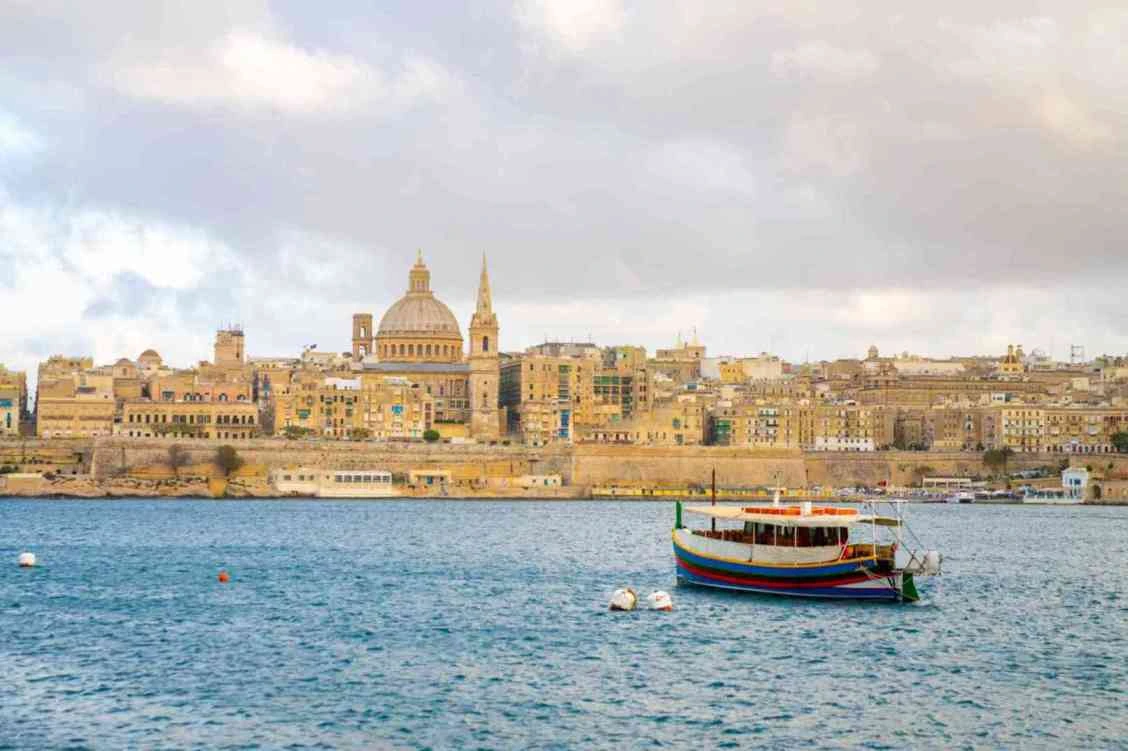
Greece: Affordable European Living
Greece offers a low-cost lifestyle with a simple visa process.
-
Income Required: €3,500/month (individual) • €4,200 (family)
-
Processing: 2–4 months
-
Benefits: Schengen travel, flexible extensions, path to citizenship
-
Cost of Living: €1,000–€2,000/month
Best For: Digital nomads seeking affordable EU residency.
Greece’s digital nomad visa allows remote workers to live and travel affordably across Europe.

| Country | Monthly Income Required | Processing Time | Schengen Access | Long-Term Residency |
|---|---|---|---|---|
| Portugal | €3,280 | 3–4 months | Yes | After 5 years |
| Spain | €2,650 (individual) | 2–3 months | Yes | After 5 years |
| Estonia | €4,500 | 1–2 months | Yes | After 5 years |
| Malta | €2,700 (approx. monthly) | 2–3 months | Yes | After 5 years |
| Greece | €3,500 (individual) | 2–4 months | Yes | After 7 years |
Pro Tip:
Many digital nomad visas don’t directly lead to permanent residency or citizenship. If you plan to stay long-term, research programs like Portugal’s D7 Visa or Spain’s non-lucrative visa as potential next steps.

